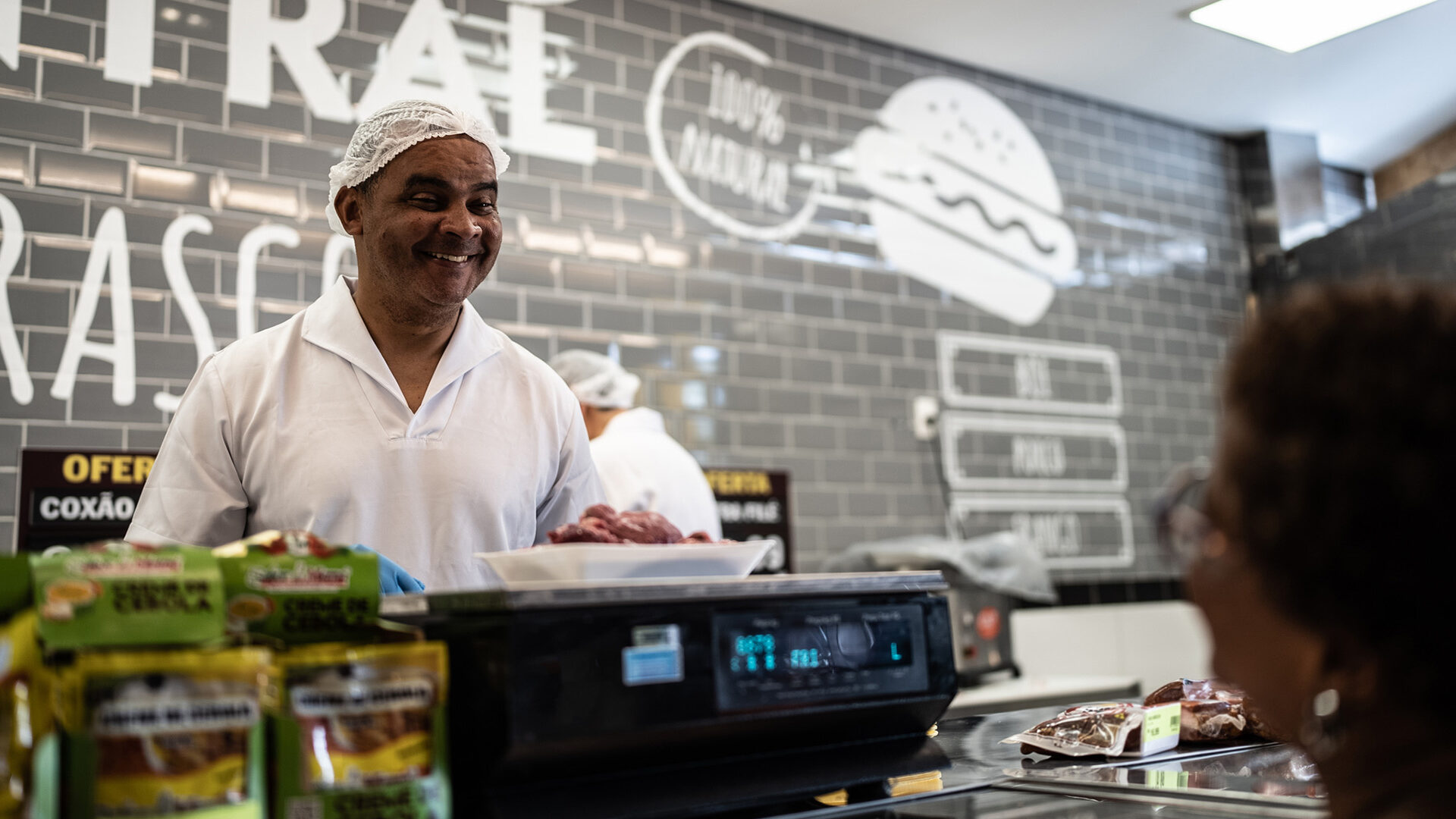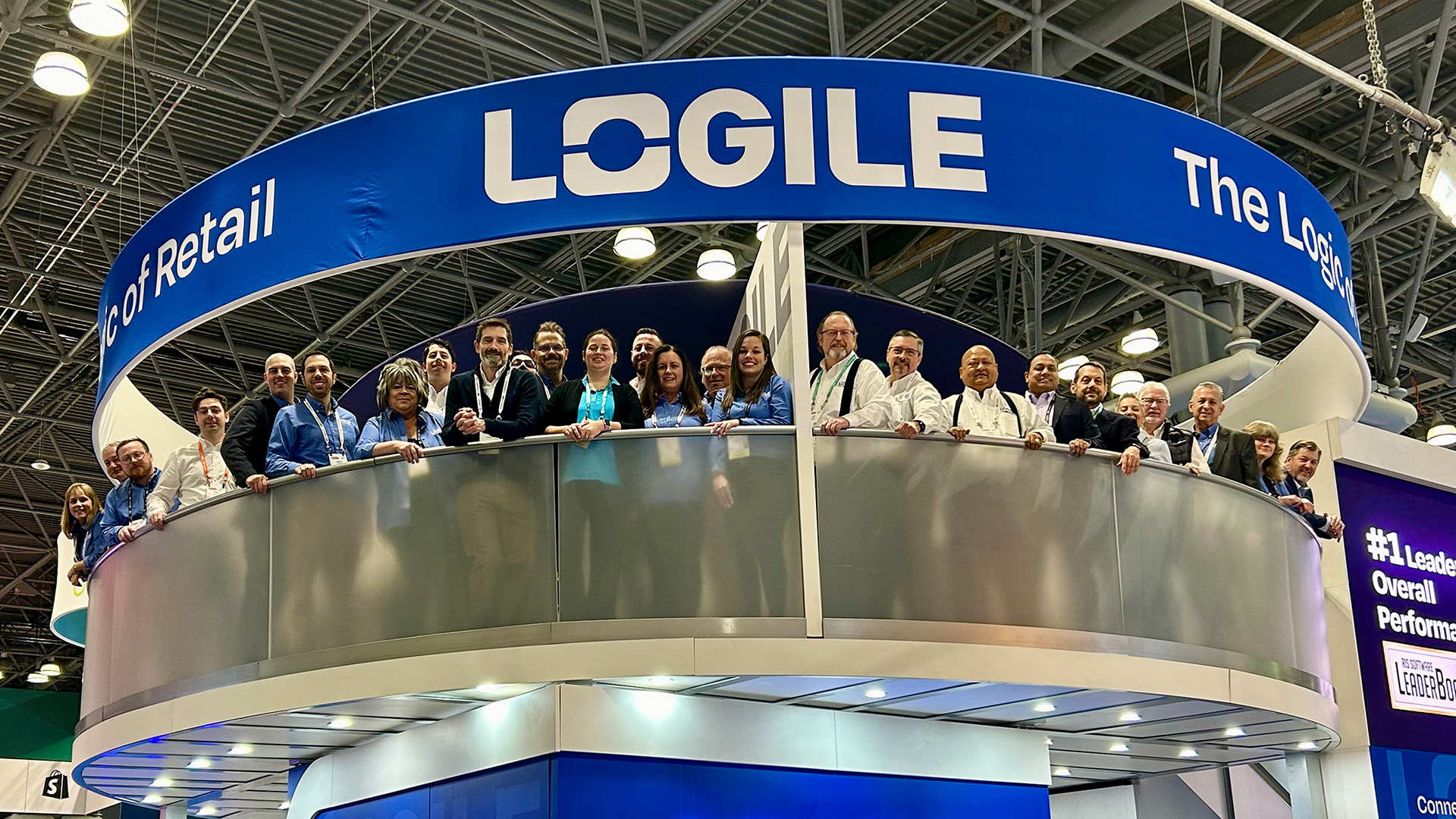2 minute read
Consider the Ups of a Forecasting Upgrade Before Keeping the Status Quo

Consistency can be a helpful tool in the retail industry. For instance, customers want to know what to expect when entering an establishment. However, regarding technology, solutions are regularly changing how we operate businesses, and what was convenient and optimal years ago might be archaic today. Old technology can even become a limitation when systematic updates and continuous improvement outpace solutions’ capabilities.
Two areas enhanced by continuous improvement in many retail chains are labor scheduling and inventory management. In the past, managers would schedule associates or order supplies based on their experience, inclusive of factors like preferences, certifications, weather, seasonality and clientele. Today, we have self-learning forecasting tools that use a host of algorithms and historical data to predict the aforementioned factors, providing incredibly accurate staffing and inventory.
The challenge
Although forecasting improvements provide benefits to many retailers, implementing systematic upgrades can be very difficult for other businesses. In fact, the costs of bringing in new information technology tools are often high, warranting a “postpone until next year” mentality. So why upgrade? Great question. Today’s blog post will outline some thoughts around the clear advantages inherent in improving your forecasting system. This effort is to add considerations to your cost-benefit analysis during your upcoming budgeting cycle.
The financial benefits of upgrading
One of the greatest assets to utilizing an optimal forecasting system is the positive financial windfall evidenced over time, regardless of whether forecasting is implemented for inventory or labor management. It turns out they are intricately correlated; by accurately estimating customer demands, shelves can be properly stocked with the right amount of product by a properly staffed store. Forecasting is woven into inventory, staffing and scheduling management. It is the glue for the flourishing retail store of the future.
Hard numbers support this assertion. In 2015, McKinsey and Company’s Laul, Schlogl and Silen1 found that retailers who applied data-driven approaches to labor scheduling and budgeting reaped between four and 12 percent cost savings, while increasing overall customer service. McKinsey’s Glatzel, Hopkins, Lange and Weiss2 found that retailers using replenishment forecasting solutions with machine learning reduced out-of-stocks by 80 percent, reduced write-offs (i.e., shrink) and days-on-hand by 10 percent, and increased gross margin by 9 percent.
The competitive benefits of upgrading
Additionally, soft benefits accompany forecasting upgrades. Management experts like Ram Charan3 note that retailers who stay ahead of the competitive curve by incorporating myriad numbers of variables in their forecasting models will lead the industry. In his 2015 book, Charan3 describes how thriving businesses embrace uncertainty. One way we believe retailers can do that is through systematic forecasting solutions that use state-of-the-art algorithms and machine learning.
The supply chain benefits of upgrading
When forecasting is done well, with the support of internal leaders, store staff and knowledgeable vendors, the implications reverberate throughout the organization. For instance, as forecast accuracy increases, distribution centers and even manufacturers reap supply chain benefits. Also, effective and predictable planning strengthens omnichannel marketing. In other words, forecasting helps ensure store products are available online when customers desire them, which keeps customers coming back.
Let us wrap up this short exposé on how upgrading your forecasting solution might give you a competitive edge. We reviewed that things change quickly in retail, and although upgrading technology can be daunting, there are tangible rewards for those who do: decreased costs, out-of-stocks, shrink and inventory on-hand, as well as increased customer service and revenue. Remember to include these in your analysis for the next fiscal year!
References
- Laubl, D., Schlogl, G., & Silen, P. (2015). Smarter schedules, better budgets: How to improve store operations. Zurich, Switzerland: McKinsey & Company.
- Glatzel, C., Hopkins, M., Lange, T., and Weiss, U. (2016, November). The secret to smarter fresh-food replenishment? Machine learning. McKinsey & Company: Retail. Retrieved from https://www.mckinsey.com/industries/retail/our-insights/the-secret-to-smarter-fresh-food-replenishment-machine-learning
- Charan, R. (2015). The attacker’s advantage: Turning uncertainty into breakthrough opportunities. New York, NY: Public Affairs.



